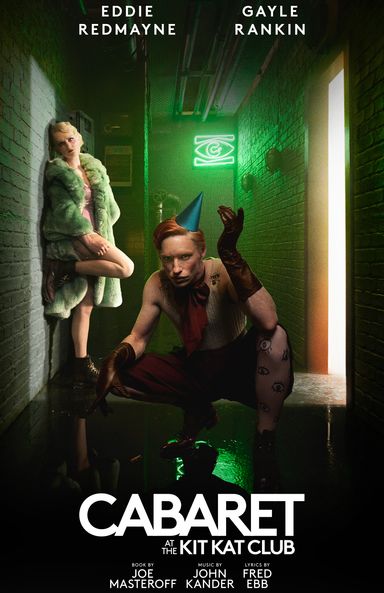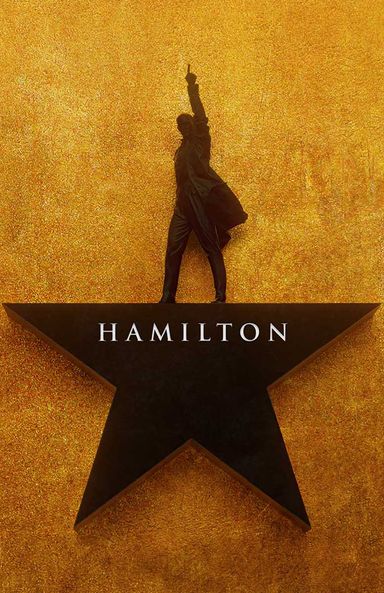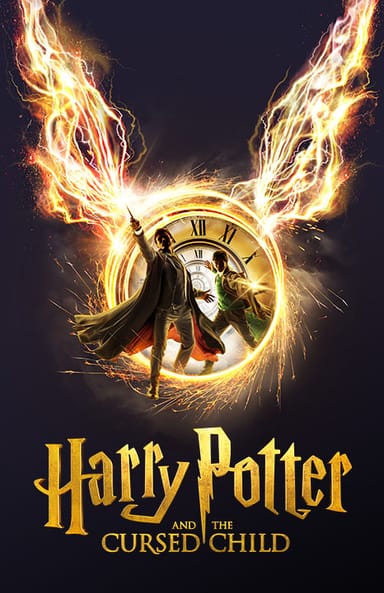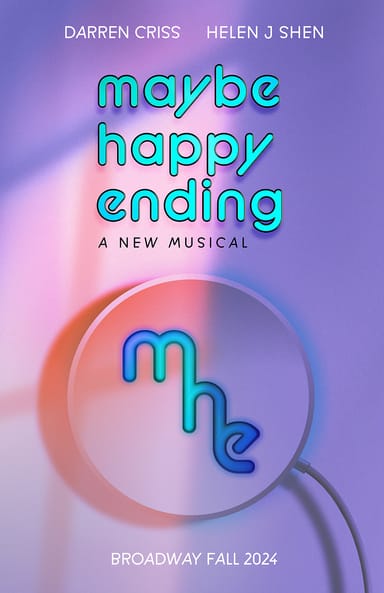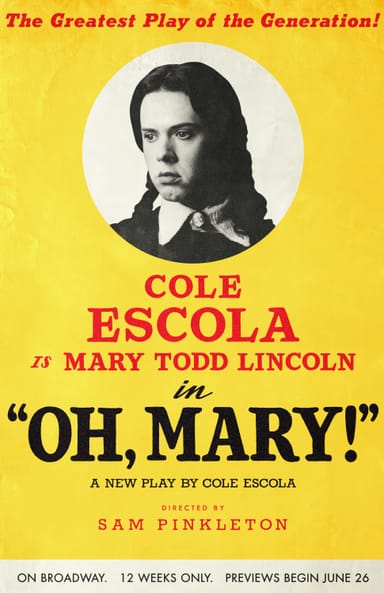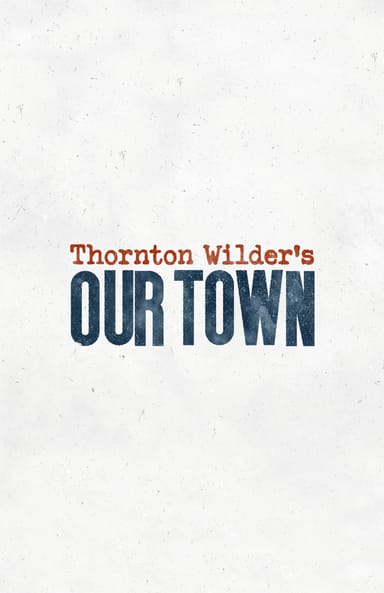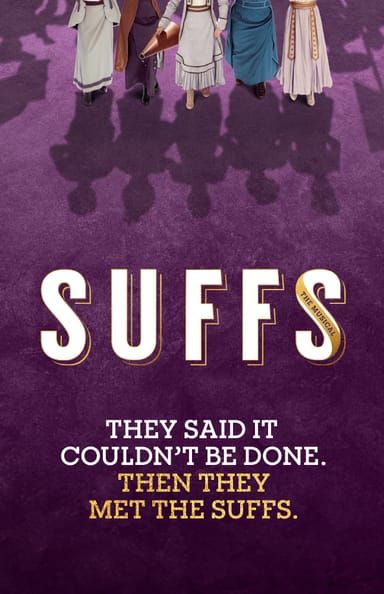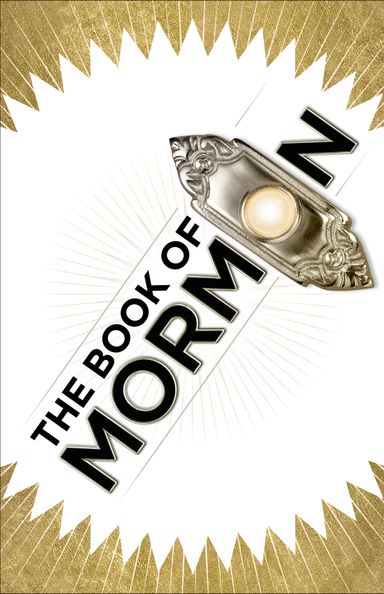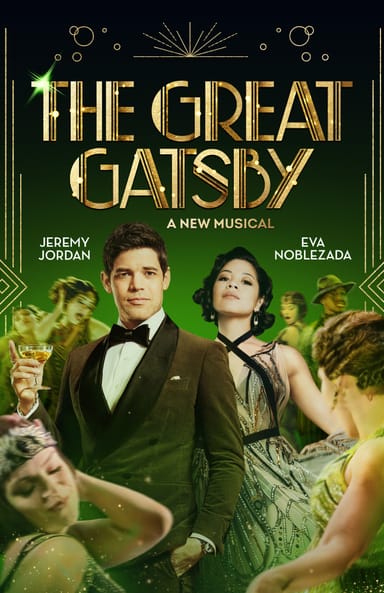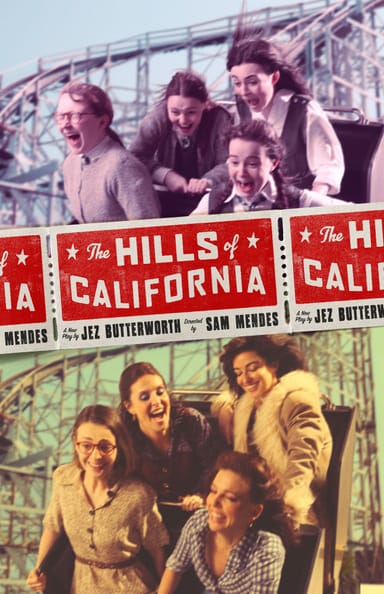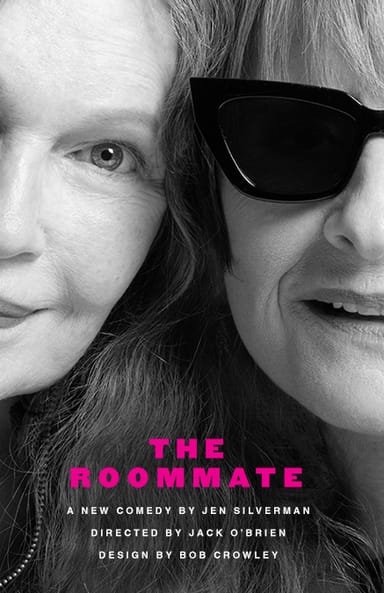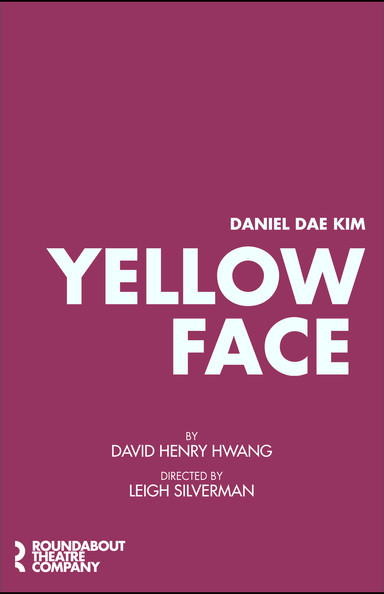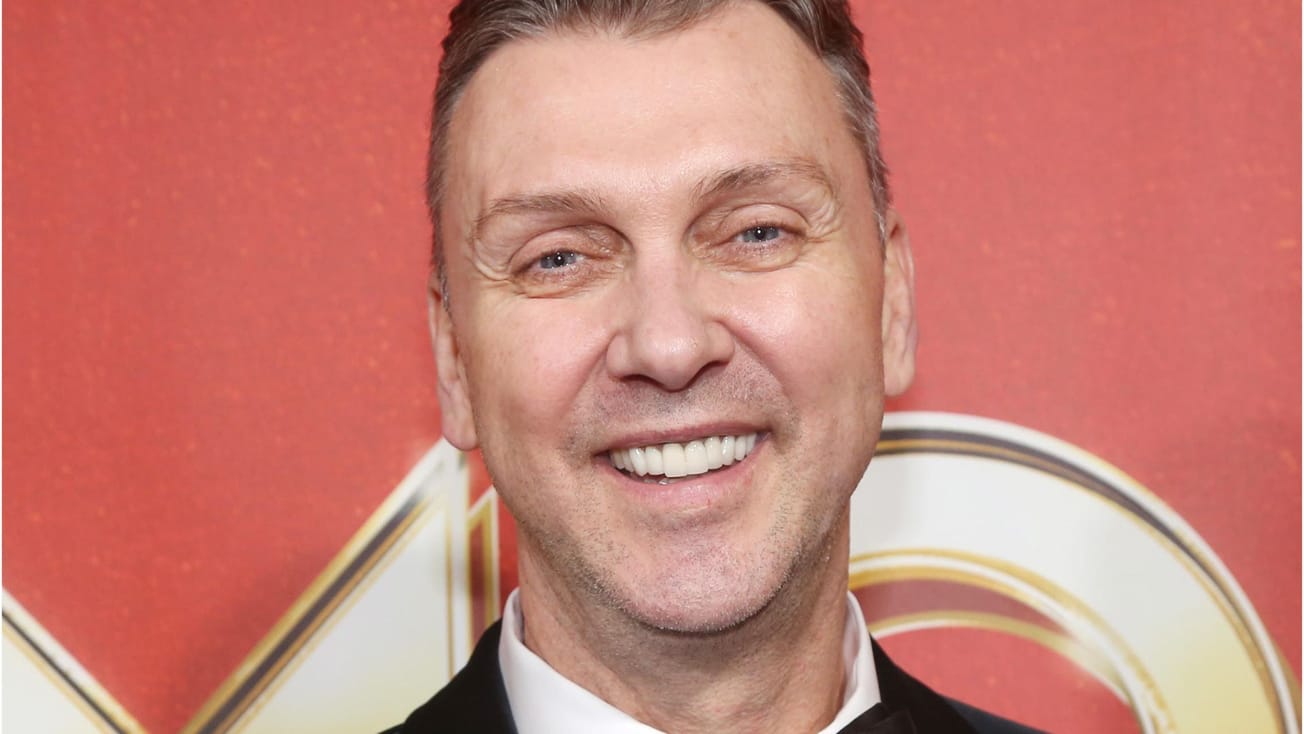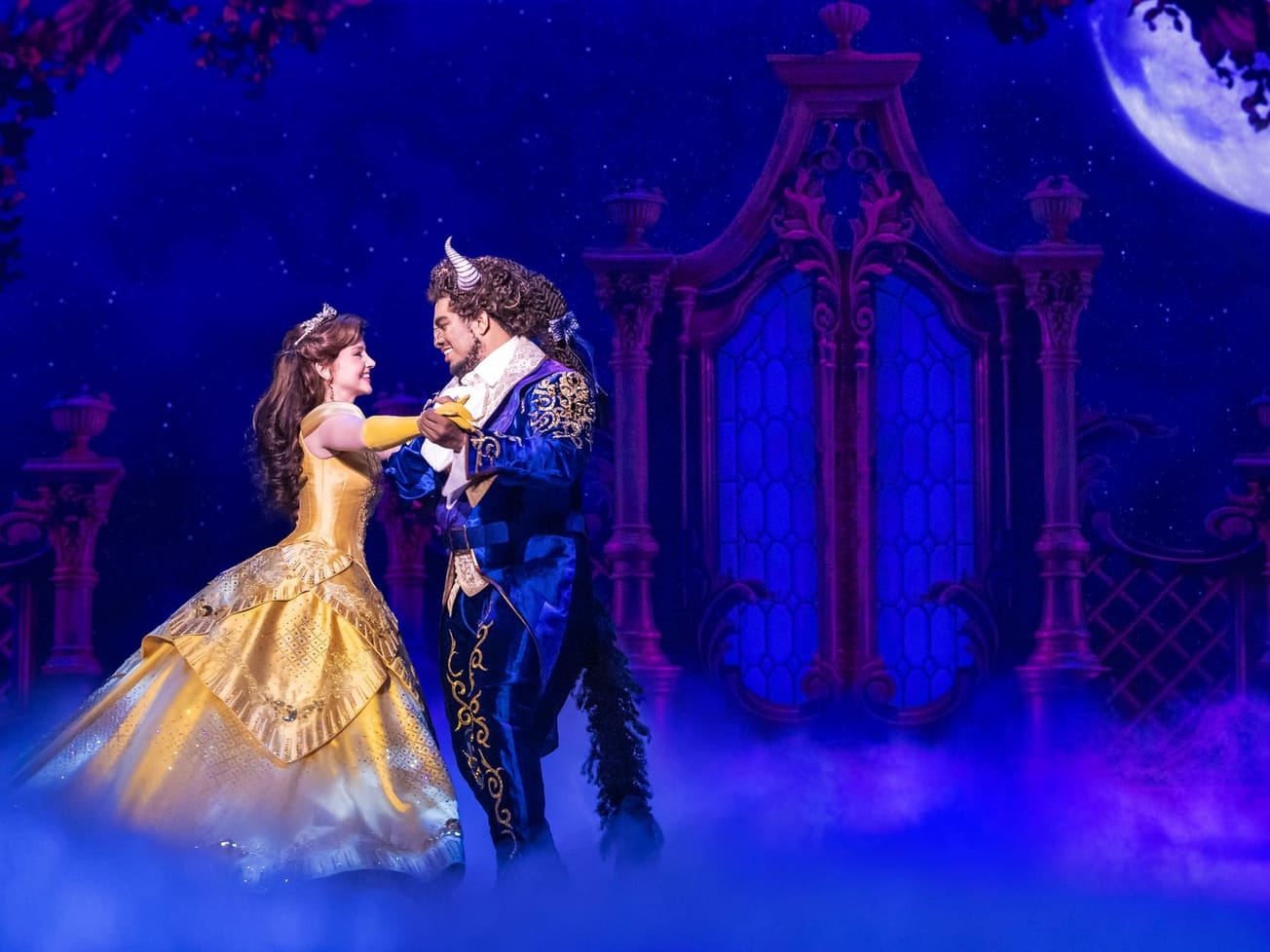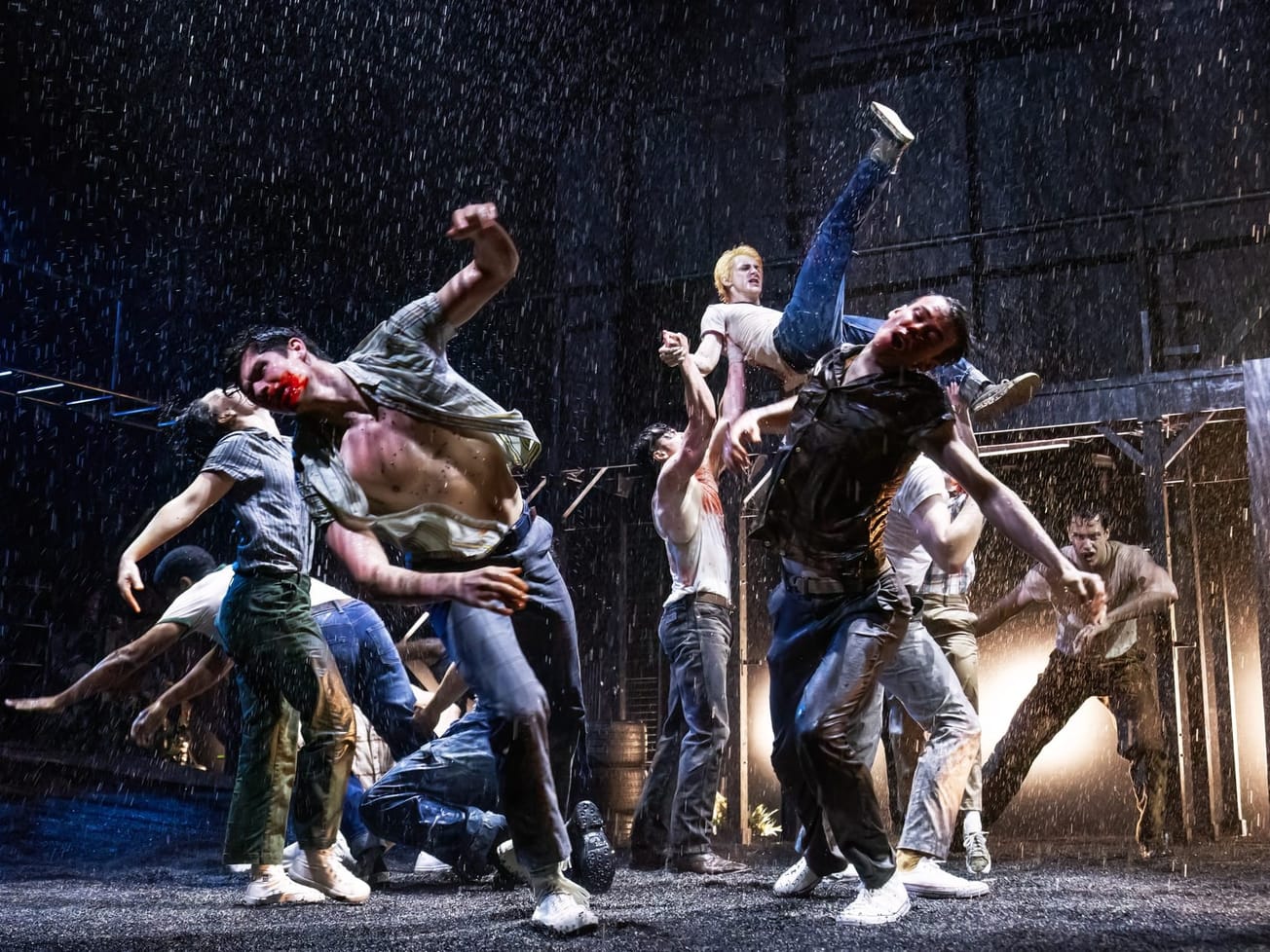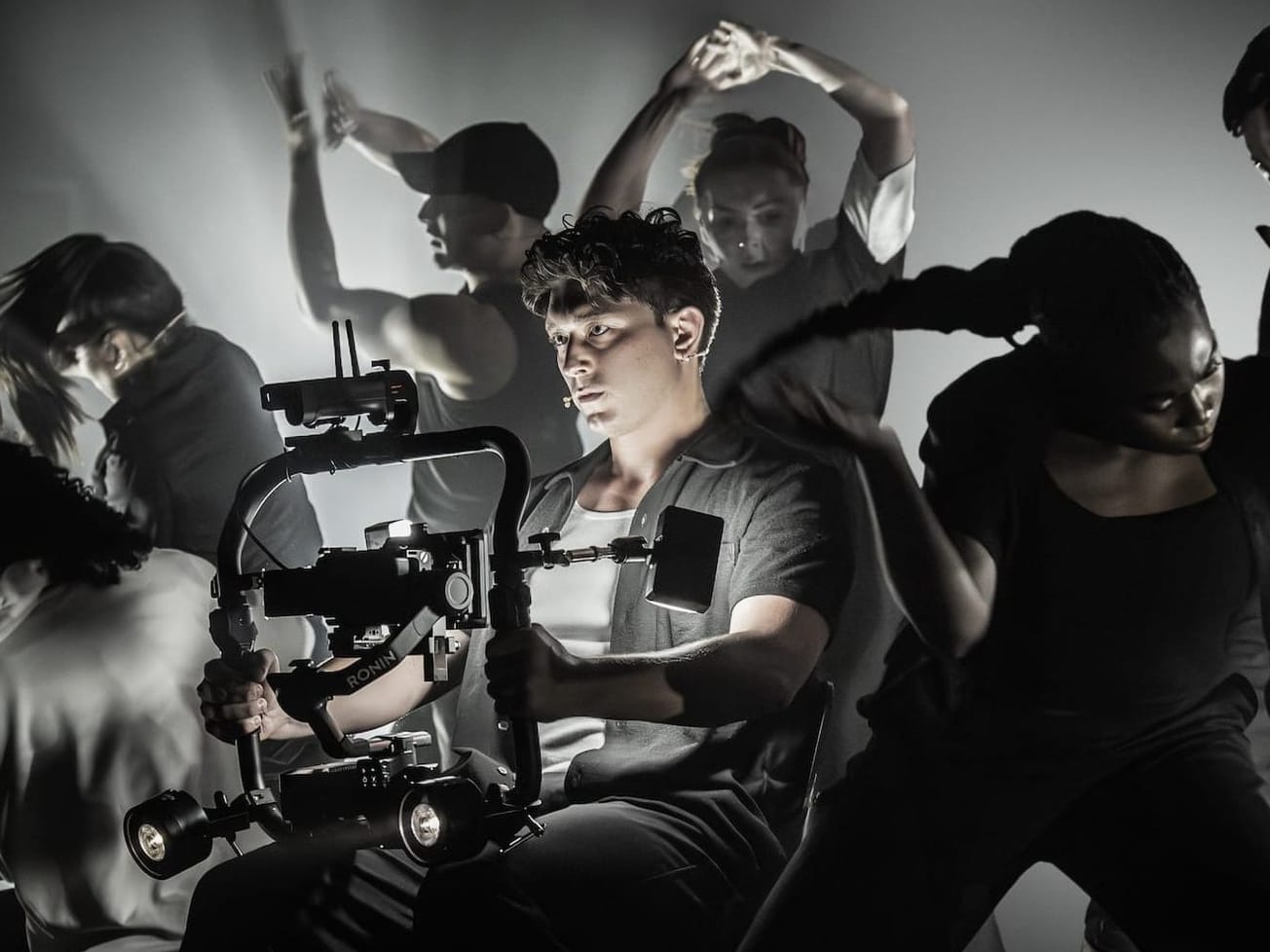Over the course of the 30 years since the inception of the musical “Harmony,” it has changed many hands — with multiple producers and directors trying to get the Bruce Sussman- and Barry Manilow-penned work to Broadway. Director-choreographer Warren Carlyle is the one to have actually guided it there.
With so much time in development, the script has changed a lot, including the fact that before the Off-Broadway run, book writer Bruce Sussman introduced an older version of a character called Rabbi. “That was what unlocked the whole show for me,” Carlyle said. “I suddenly had a point of view.” Now, “Harmony” was a memory piece, and a historical one at that. The truth in the show guided Carlyle, as well: “These are real flesh-and-blood people. This is a true story, and I wanted it to be as real and feel as real as I could possibly muster.”
“Harmony” uncovers the lost history of the Comedian Harmonists, an all-male vocal sextet from Germany that shook the world with their music. They rose to fame in the late 1920s and early 1930s, becoming recording stars and appearing in numerous films. The world knew their name. But when the Nazis rose to power, they rejected the group as “degenerate art” because three of its members were Jewish. Later, they destroyed their records, films and most traces that they ever existed.
Carlyle wanted to explore the juxtaposition of the beauty of great art and its destruction. “To me, great theater is great contrast,” Carlyle said. “It’s that beautiful thing that Bob Fosse’s movie of ‘Cabaret’ did, in my opinion: It entertains and then it terrifies.”
That contrast is especially present in Carlyle’s staging and direction at the end of Act 1. Carlyle allowed Broadway News a peek inside his script to see his notes, understand the emotional undercurrents he drew on and glean his perspective from the director’s chair.






